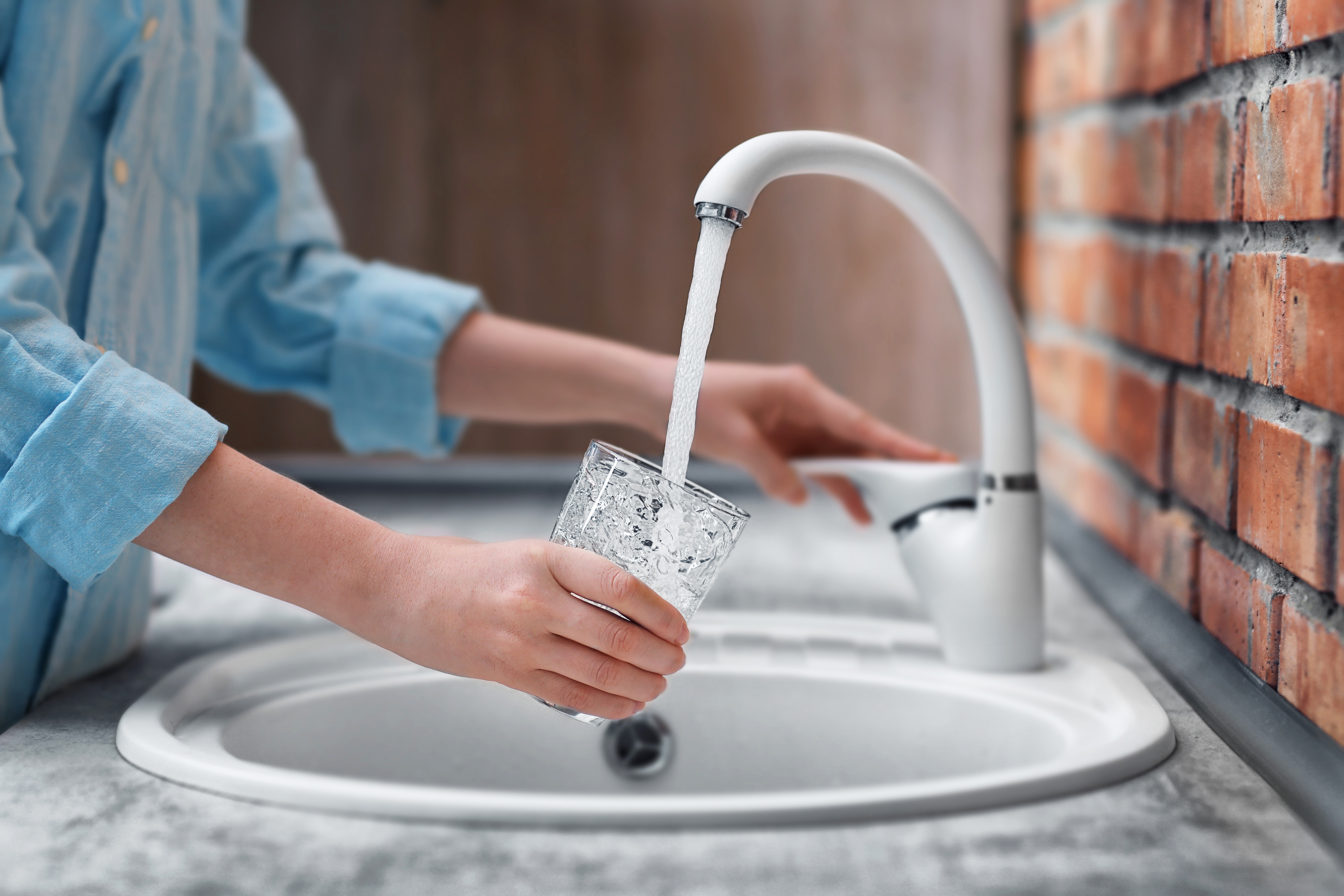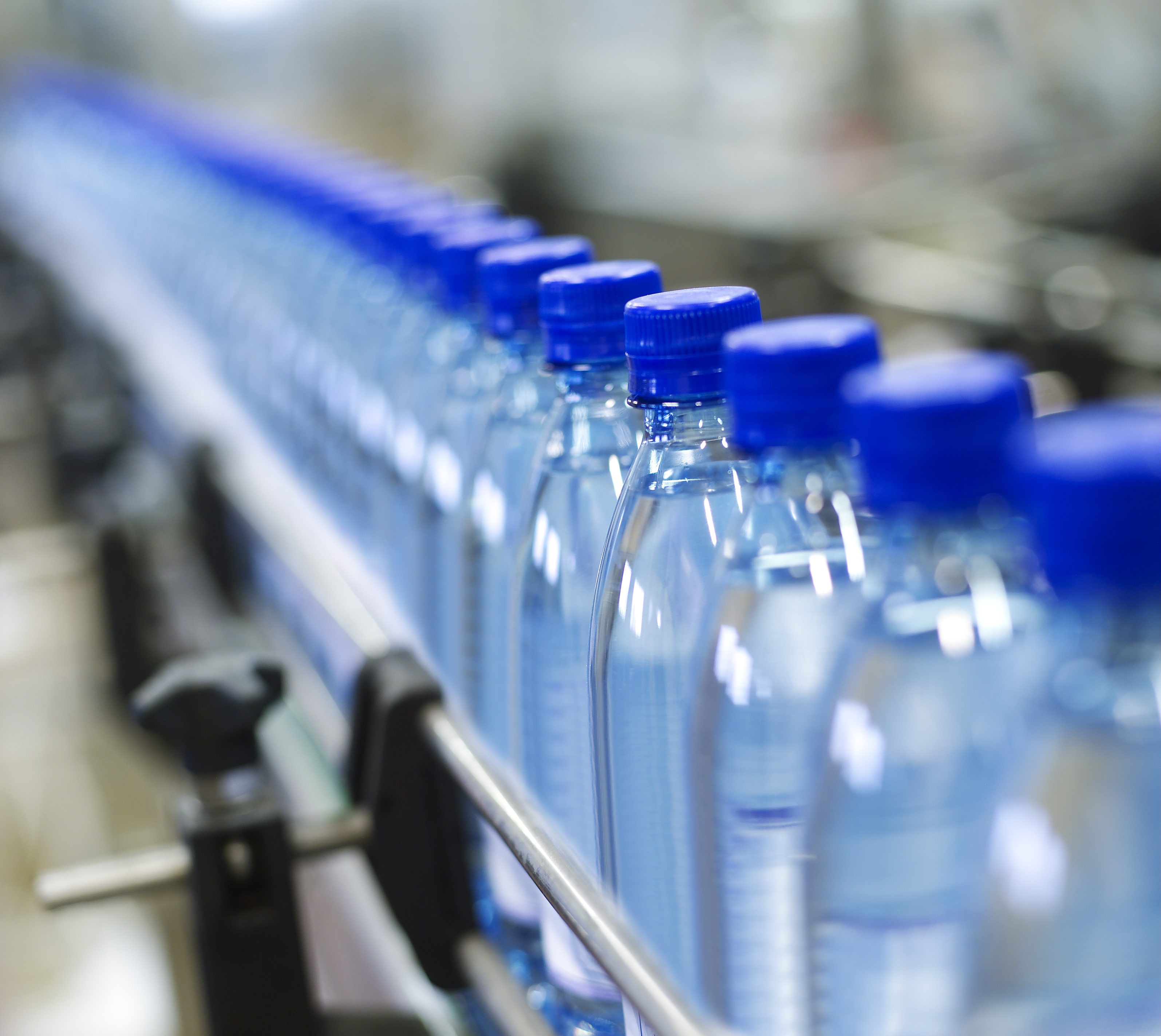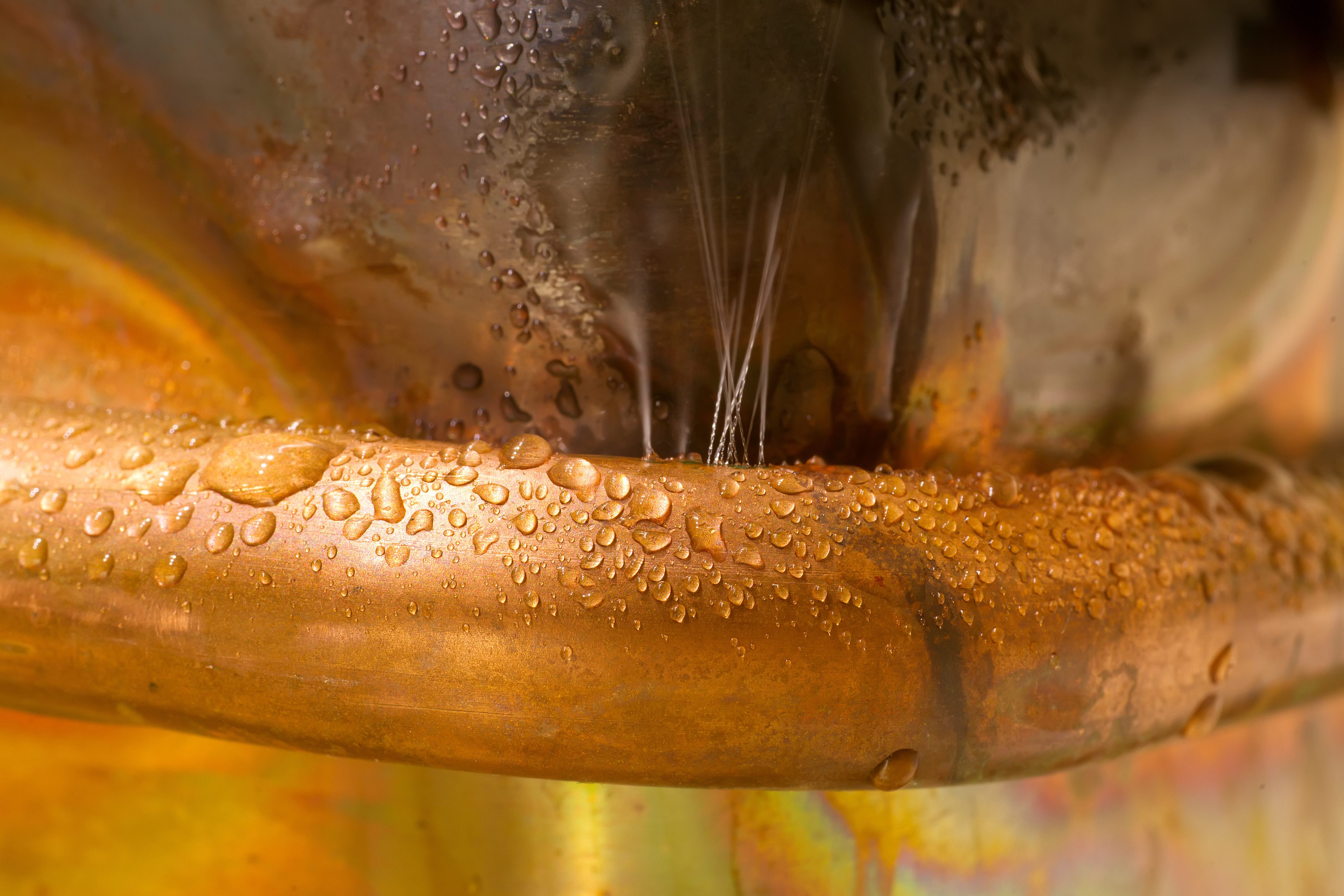Each year, red flags over toxic drinking water are raised across the U.S., with reasons varying from location to location. One major problem is aging water pipes, which have become an increasingly common source of toxic exposure. In fact, in a 2013 report, the American Society for Civil Engineers warned that most of the drinking water infrastructure across the nation is “nearing the end of its useful life.”
The American Water Works Association estimates it would cost more than $1 trillion to update and replace all the water pipes in the U.S. — money that many water utilities do not have. Water pollution is another grave concern, as water treatment plants cannot filter out all of the toxins now entering the water, from firefighting chemicals and agricultural chemicals, to drugs and microcystins, nerve toxins produced by freshwater cyanobacteria.







